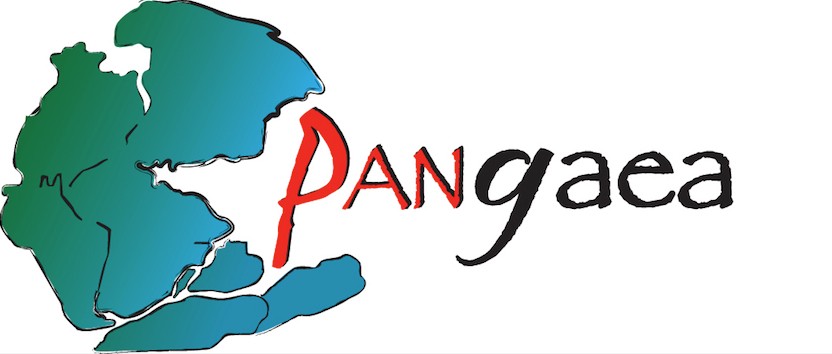As we end the year 2015, it’s interesting and informative to look back and see what you, our readers, found most interesting. Using metrics gleaned from our newsletter platform, I picked the top five issues for…
Best of Pangaea 2015
Surprising UAS Section 333 Exemptions
UAS continue to be a hot topic as the FAA opened up a path for commercial work with their Section 333 Exemptions and blanket COAs. While the FAA unlocked this route in late 2014, 2015 saw the most activity in terms of successful applications. What does 2016 hold for the UAS space? We’ll cover that at the beginning of next year.
Move over IoT, Here Comes IIoT
While the internet of things (IoT) gives most the press, the industrial internet of things (IIoT) may hold more promise in terms of market share for the geospatial profession for two reasons. First, its sheer size: the value created by the industrial internet of things could reach $15 trillion dollars by 2030, and second, the fact that analysis of geospatial data, both in terms of location and measurement, are a vital part of the IIoT.
Laser Accurate Measurement with a Mobile Device
Mobile devices are becoming a bigger part of the geospatial profession thanks to trends like BYOD (bring your own device) and the increased processing power of smartphones and tablets. Besides who doesn’t like gadgets?! Spikeis a laser rangefinder that attaches to your smartphone or tablet and allows the user to measure objects up to 200m meters (600 ft.) away with accuracy up to +3%. I tried out this little unit and thought it was easy to use and powerful. At $499, a neat tool for a wide range of measuring applications.
The Lost Colony of Roanoke, Found?
You know what’s cool? Blending the mysterious (e.g. lost colony of Roanoke) with the familiar (like 3D photogrammetric and multispectral imaging)—which pretty much describes this issue.
The Map as an Art Form
Here’s a top-ranking issue that speaks the artistic side of our profession. My visual attraction to maps plays a continuing part in my fascination with the geospatial world. Why “maps as art”? 1) They relate so well to the profession and thus make great gifts and office decorations, 2) you might want to use your imagination to turn your own maps into art (see #1), and they’re so cool that xyHt has an ongoing section called, um, Maps as Art.
Thank you for reading Pangaea this year and I look forward to bring you more exciting geospatial news next year.
Here’s wishing you and yours a very happy holiday season and a wonderful new year! See you in 2016!

